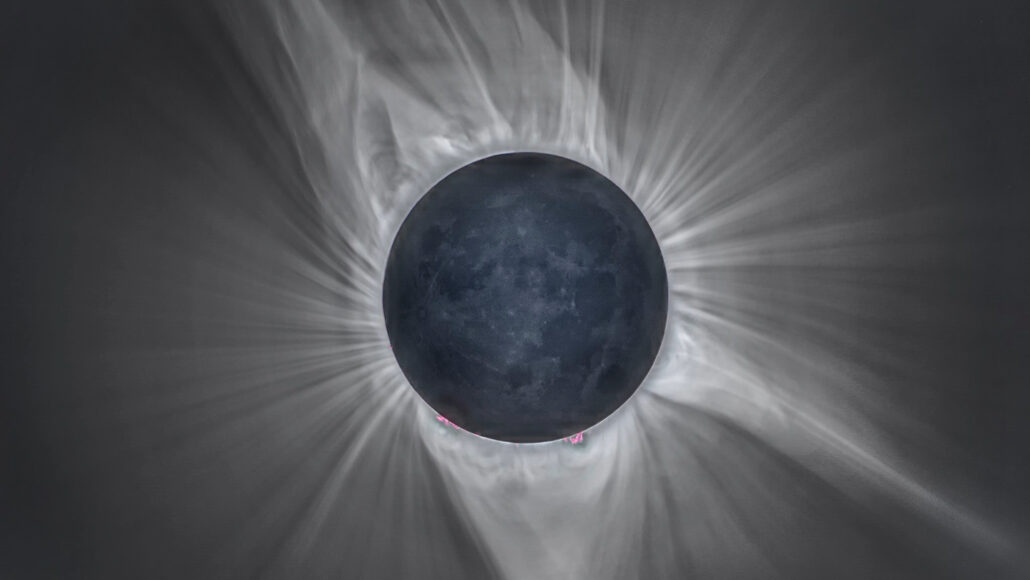
Space
You can get involved in science during the 2024 solar eclipse
The sun will be near the peak of its activity cycle during the eclipse on April 8, 2024. That will make it a great time to crowdsource solar research.
Come explore with us!

The sun will be near the peak of its activity cycle during the eclipse on April 8, 2024. That will make it a great time to crowdsource solar research.

A burst of light and a cloud of dust are signs that a distant star swallowed a giant planet.

The inner workings of microscopes, telescopes, eyeglasses and other lens-based devices rely on two important laws of optics.

But should moon time be like Earth time — or quite different? At issue: The moon’s lesser gravity will make seconds there tick faster than on Earth.
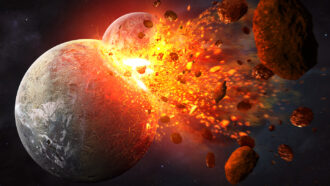
A hypothetical planet slamming into Earth 4.5 billion years ago might have set subduction into motion.

The unusual, fruit-inspired structure of this material provides quick filtration that could satisfy people's daily water needs.
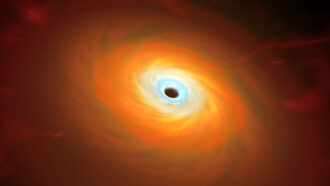
Cosmic swirls of gas, dust and plasma, accretion disks reveal the shadowy silhouettes of black holes and more.
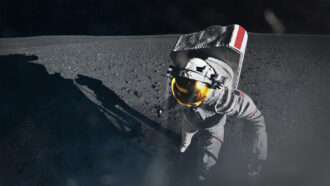
The launch of NASA's Artemis I is a huge step toward sending humans back to the moon and beyond.
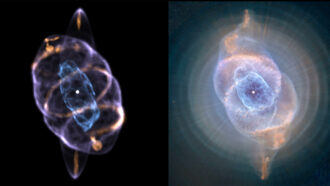
The Cat’s Eye nebula is one of the most complex of its kind. A 3-D model now reveals the source of that complexity.
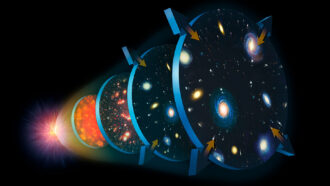
Scientists have a good understanding of the laws that make our universe tick. But they still don’t quite know how it began — or will end.